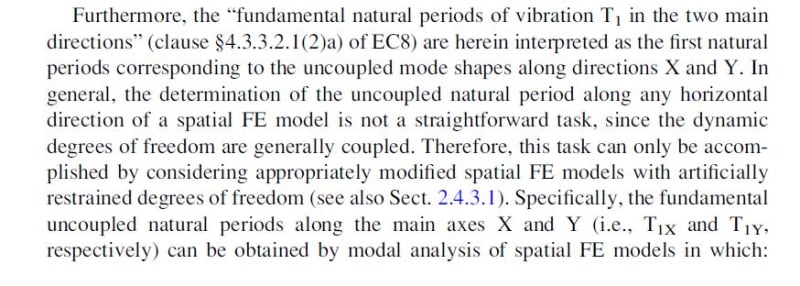Well, I think of this as a difference between equivalent lateral force methods of seismic loading vs the response spectra method of seismic analysis.
When you have a "regular" structure with clearing defined and distinct orthogonal modes in each direction then you can use the equivalent lateral force methods. I'm specifically talking about the US codes / IBC. However, it is likely similar for the Euro Codes.
Now, the equivalent lateral force method falls apart when the first mode can't be solely counted on to really capture the seismic behavior. This may be due to modes that have components in both lateral directions... maybe due to torsional irregularity. This could be called coupling I suppose. Though I wouldn't personally use that term.
It could be also due to having multiple modes in one direction. You can get this when you have a mass or stiffness irregularity. Let's say you've got a braced frames at some levels and a portal frame at another. Then you wouldn't have a single mode in that direction that really represents the seismic response. I wouldn't really call this coupling.
Another thing you might have is interaction between modes with similar natural frequencies. Let's say the primary mode in the N-S direction is pretty close to in frequency to a E-W mode that has some torsional response. When they're closely spaced like that, the Response Spectra analysis must account for "modal coupling" when doing the statistical combination of the various individual modal responses.


